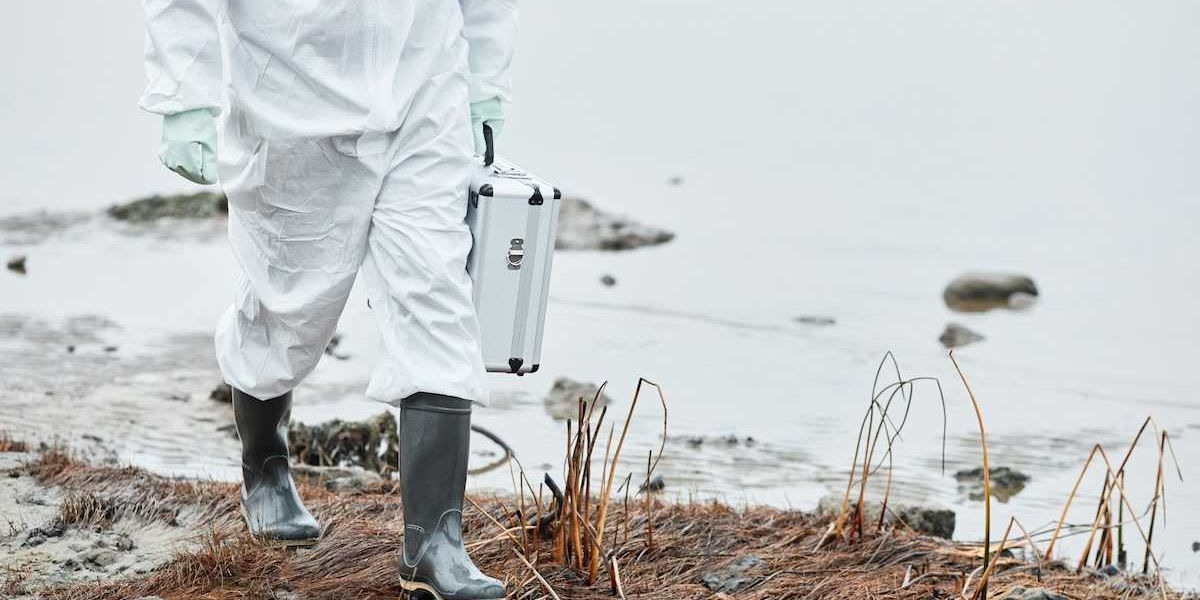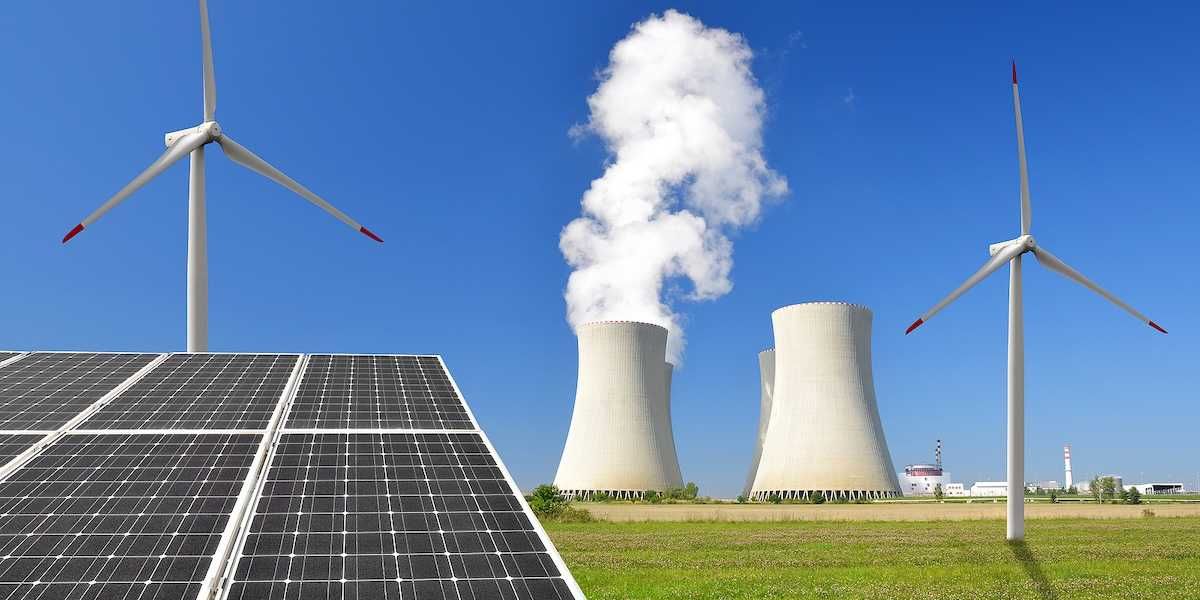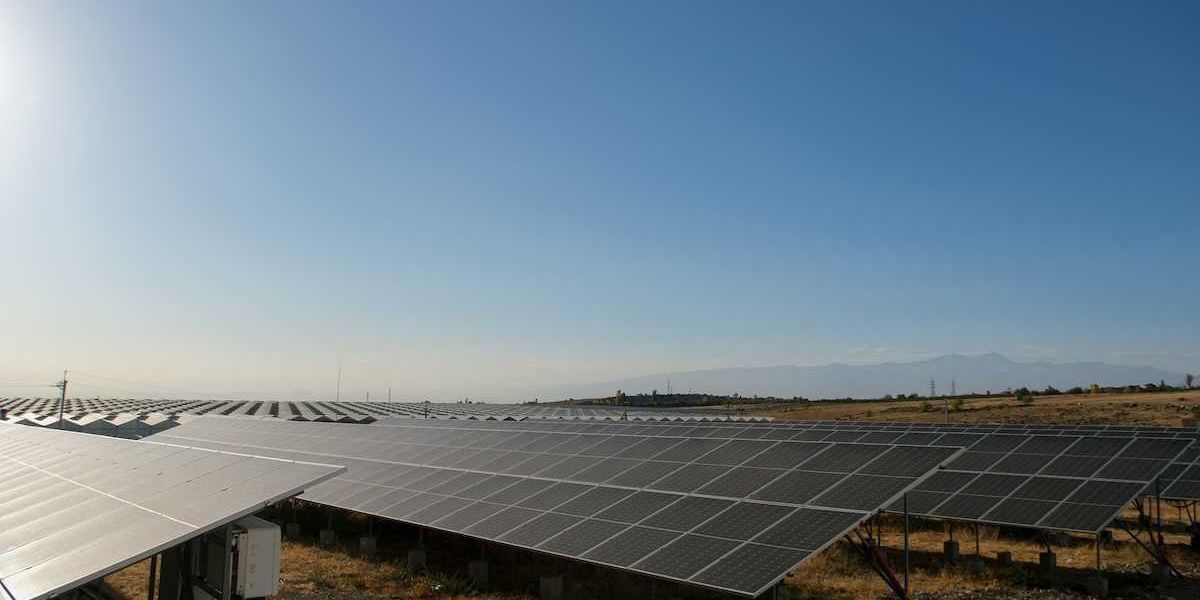Agents of Change: New fellows focused on storytelling, policy change and justice
Meet our fifth group of fellows.
The Agents of Change in Environmental Justice program, a partnership between Environmental Health News and Columbia University Mailman School of Public Health, is excited to announce our fifth group of fellows.
The mission of our program, which began in 2019, is to empower emerging leaders from historically excluded backgrounds in science and academia to reimagine solutions for a just and healthy planet. And we’ve done just that: We have trained 45 scholars and researchers who are advancing environmental and climate justice, and are broadly disseminating their voices, stories and research contributions.
The program, founded by Dr. Ami Zota of Columbia University Mailman School of Public Health, is one of the premiere national fellowships focused on increasing science communication and public engagement among early career scientists from marginalized backgrounds.
Our fellows have published 50 essays, which are freely available in English and Spanish, and have reached 1.5 million readers (nearly 200,000 readers in Spanish). Our podcast — where we dive into the career paths and big ideas from fellows and other leaders in the field — continues to grow, reaching more than 30,000 listeners annually and is one of the top rated environmental justice shows on Apple Podcasts and Spotify.
Diverse research
Our new cohort, which features 12 scholars from universities and state and federal government agencies, will produce first-person essays, join our podcast, and work with our senior leadership team to incorporate their research and ideas into the policy realm.
We remain humbled at the support and engagement from readers and listeners. Keep your eye on this space — or visit the program’s homepage — to catch all of their science, their ideas and their stories.
Our new fellows
- Maria Jose Talayero Schettino, DrPH candidate, The George Washington University
- Brandon Rothrock, Ph.D. student, The Ohio State University
- Liliana Sierra Castillo, Ph.D. candidate, University of California, Santa Barbara
- Aalayna R. Green, Ph.D. candidate, Cornell University
- Greer Hamilton, transitional postdoctoral fellow, University of Michigan School of Social Work
- Mokshda Kaul, Ph.D. candidate, School of Sustainability, Arizona State University
- Wellington Onyenwe, health scientist, environmental toxicologist and public health emergency responder, U.S. Centers for Disease Control and Prevention
- Ufuoma Ovienmhada, Ph.D. candidate, Massachusetts Institute of Technology
- Timnit Kefela, presidential postdoctoral fellow, Arizona State University
- Jose Ramon Becerra Vera, Ph.D. candidate, Purdue University
- Laura Diaz, Ph.D. student, University of California, Berkeley
- Pradnya Garud, environmental health data equity strategist, Oregon Health Authority
Want to keep on top of the program and the fellows' work? Subscribe to our newsletter and follow us on Twitter and Instagram and LinkedIn. Learn more about current and senior fellows at agentsofchangeinej.org.













